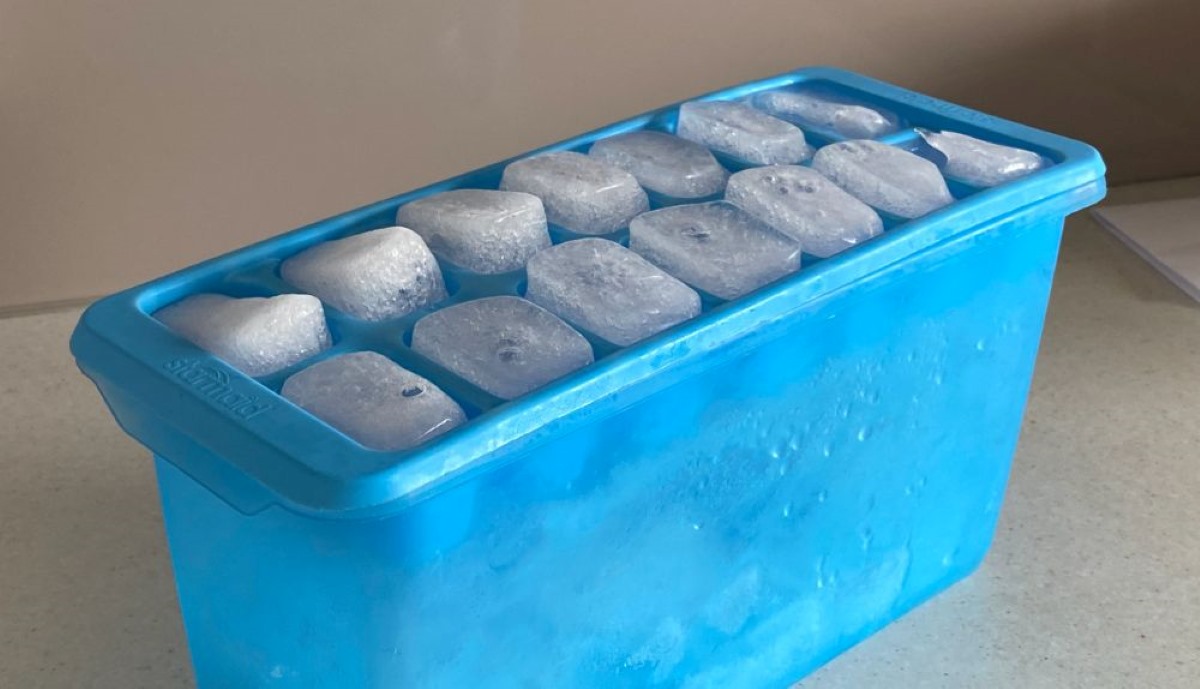

Articles
How To Store Ice Cubes
Modified: January 19, 2024
Learn how to properly store ice cubes and keep them fresh for longer with our helpful articles. Follow our tips to avoid freezer burn and keep your drinks perfectly chilled.
(Many of the links in this article redirect to a specific reviewed product. Your purchase of these products through affiliate links helps to generate commission for Storables.com, at no extra cost. Learn more)
Introduction
Ice cubes are a staple in many households, used to chill drinks, create refreshing summer treats, and provide relief for minor injuries. However, while ice cubes may seem simple to store, improper storage can lead to a host of issues, including contamination, odor absorption, and loss of quality. In this article, we will explore the importance of proper ice cube storage and provide you with effective methods to keep your ice cubes fresh and free from any unwanted flavors or impurities.
Key Takeaways:
- Proper ice cube storage is essential for maintaining purity, taste, and safety. Methods like using trays, bags, containers, and molds, along with tips for freshness, ensure clean and high-quality ice cubes for various uses.
- By following proper ice cube storage methods and tips, you can enjoy fresh, clean, and high-quality ice cubes for beverages, smoothies, and therapeutic applications. Ensure purity, taste, and convenience with effective storage techniques.
Read more: How To Store Ice Cubes In Freezer
Why is proper ice cube storage important?
Proper ice cube storage holds more significance than you might think. Whether you’re using ice cubes for beverages, blending them into smoothies, or cooling down a bruise, you want your ice cubes to be clean, fresh, and free from any unpleasant tastes or odors. Here are a few reasons why proper ice cube storage is important:
- Purity and cleanliness: When you store ice cubes improperly, they can be susceptible to absorbing contaminants from the freezer. This can include odors from other foods or even cross-contamination from raw meat. Proper storage ensures that your ice cubes remain pure and free from any unwanted substances.
- Quality and taste: Have you ever noticed that your ice cubes start to taste a bit funky after a while? Improper storage can lead to ice cubes absorbing odors and flavors from the freezer, resulting in a less than desirable taste. By storing your ice cubes correctly, you can maintain their quality and ensure that they enhance the flavor of your drinks, not diminish it.
- Convenience and availability: Proper storage not only keeps your ice cubes fresh but also ensures that they remain in good shape. By preventing the ice cubes from clumping together or absorbing excess moisture, you can easily access the quantity you need without any hassle.
- Hygiene and safety: Contaminated ice cubes can pose health risks, especially if they have been exposed to harmful bacteria or viruses. Proper storage reduces the chances of contamination, making your ice cubes safer to use, whether it’s for direct consumption or applying them to an injury.
Now that we understand the importance of proper ice cube storage, let’s explore some common issues that can arise if your ice cubes are not stored correctly.
Common issues with ice cube storage
Improper ice cube storage can lead to a range of issues that affect the quality, taste, and safety of your ice cubes. Let’s take a look at some common problems that can arise:
- Thin and cloudy ice cubes: If your ice cubes appear thin and cloudy, it may be due to rapid freezing or an excess of impurities in the water. Freezing ice cubes too quickly can cause the water to freeze from the outside in, trapping air bubbles and impurities. This results in a less transparent and cloudy appearance.
- Odor absorption: Ice cubes have a remarkable ability to absorb odors from their surroundings. If they are stored uncovered or in an improperly sealed container, they can easily pick up smells from other items in the freezer, resulting in an undesirable taste and odor.
- Clumping: Have you ever experienced a solid block of ice cubes instead of individual ones? This happens when ice cubes are not stored properly and have absorbed excess moisture. They stick together, making it difficult to separate them and retrieve the desired amount.
- Contamination: If ice cubes come into direct contact with raw meat or other contaminated surfaces, they can transmit harmful bacteria or viruses. This can pose a risk to your health if the ice cubes are used in drinks or applied to wounds or injuries.
- Melting and refreezing: Leaving ice cubes out at room temperature or repeatedly allowing them to melt and refreeze can lead to poor quality ice cubes. Each time the ice cubes melt, they not only lose their shape but also have a higher chance of absorbing odors and impurities present in the freezer.
Now that we have identified the common issues, let’s explore how to properly store ice cubes to ensure their freshness and quality.
How to properly store ice cubes
Proper storage of ice cubes is essential to maintain their freshness, taste, and quality. Let’s explore a few effective methods for storing ice cubes:
- Method 1: Using an ice cube tray: One of the most common and simple ways to store ice cubes is by using an ice cube tray. Fill the tray with water, leaving a small gap at the top for expansion, and place it in the freezer. Once the cubes are frozen, remove the tray from the freezer and transfer the cubes to a clean, sealed container or freezer bag to prevent odor absorption.
- Method 2: Using a sealable plastic bag: If you require a larger quantity of ice cubes or want to easily access individual cubes, storing them in sealable plastic bags is a great option. Fill the bag with the desired amount of water, squeeze out excess air, and securely seal the bag. Lay the bag flat in the freezer to help prevent the cubes from clumping together, and ensure it is fully sealed to prevent odor absorption.
- Method 3: Using airtight containers: Airtight containers provide an excellent solution for storing ice cubes and preventing cross-contamination. You can use plastic or glass containers with a tight seal to keep your ice cubes fresh and free from odors. Make sure to leave some space at the top of the container to allow for expansion when the water freezes.
- Method 4: Using silicone ice cube molds: Silicone ice cube molds are becoming increasingly popular due to their flexibility and ease of use. These molds come in different shapes and sizes, allowing you to create fun and unique ice cubes. Simply fill the mold with water, freeze, and remove the cubes. Store the cubes in an airtight container or bag to maintain their quality.
Regardless of the method you choose, it is important to remember a few key tips for maintaining ice cube freshness:
- Use filtered or bottled water to minimize impurities and enhance the taste of your ice cubes.
- Keep your freezer clean to prevent the transfer of odors and contaminants to the ice cubes.
- Regularly rotate the stored ice cubes to ensure you are using the oldest ones first.
- Do not overload the freezer with ice cube trays or bags to allow proper airflow and freezing.
- Label the containers or bags with the date of freezing to help you keep track of their freshness.
By following these storage methods and tips, you can enjoy clean, fresh, and high-quality ice cubes whenever you need them.
Method 1: Using an ice cube tray
Using an ice cube tray is one of the most traditional and straightforward methods for storing ice cubes. Here’s a step-by-step guide on how to properly store ice cubes using an ice cube tray:
- Select a clean ice cube tray: Start by choosing a clean and odor-free ice cube tray. It is recommended to use a tray made of silicone or plastic.
- Fill the tray with water: Carefully fill each section of the ice cube tray with water. Leave a bit of space at the top to allow for expansion when the water freezes. For best results, use filtered or bottled water to minimize impurities.
- Level the tray: Gently tap the ice cube tray on the countertop to level the water and remove any air bubbles. This helps ensure that your ice cubes freeze evenly and have a smooth texture.
- Place the tray in the freezer: Carefully transfer the filled ice cube tray to the freezer. Be cautious not to spill any water while moving the tray to prevent a mess and ensure each cube freezes properly.
- Allow the water to freeze: Leave the ice cube tray in the freezer for a few hours or until the water is completely frozen. The time required for freezing may vary depending on your freezer’s temperature setting and the size of the ice cubes.
- Remove the frozen ice cubes: Once the ice cubes are completely frozen, remove the ice cube tray from the freezer. To release the ice cubes, twist or tap the tray gently. If the cubes are stubborn, you can run the bottom of the tray under warm water for a few seconds to loosen them.
- Transfer to a storage container: Transfer the frozen ice cubes to a clean, sealed container or freezer bag. This step is crucial to prevent odor absorption and maintain the ice cubes’ freshness. Ensure that the storage container or bag is airtight to maintain the quality of the ice cubes.
- Label and date the container: To keep track of the freshness of your ice cubes, consider labeling the storage container or bag with the date of freezing. This will help you use the oldest ice cubes first and ensure that they are consumed before they lose their quality.
Using an ice cube tray is a simple and effective way to store ice cubes. Just remember to keep the tray clean, fill it with filtered water, and transfer the frozen cubes to a sealed container to maintain their freshness.
Store ice cubes in a resealable plastic bag to prevent them from absorbing odors and to keep them from sticking together. Keep the bag in the freezer for easy access.
Method 2: Using a sealable plastic bag
If you need a larger quantity of ice cubes or prefer individual cubes that are easily accessible, storing them in a sealable plastic bag is a convenient option. Here’s a step-by-step guide on how to properly store ice cubes using a sealable plastic bag:
- Select a durable, sealable plastic bag: Choose a freezer-safe plastic bag with a reliable seal. Consider using bags labeled specifically for freezer storage to ensure they are sturdy enough to withstand the freezing process.
- Fill the bag with water: Open the plastic bag and fill it with the desired amount of water. Leave some space at the top of the bag to accommodate the expansion of the water as it freezes. For optimal results, use filtered or bottled water to minimize impurities.
- Squeeze out excess air: Gently press out any excess air from the bag before sealing it. Removing as much air as possible helps prevent freezer burn and keeps the ice cubes fresher for longer.
- Seal the bag securely: Ensure that the plastic bag is tightly sealed to prevent any air or moisture from entering. Double-check the seal to ensure there are no leaks or gaps that could compromise the quality of the ice cubes.
- Lay the bag flat in the freezer: Lay the sealed plastic bag flat in the freezer to allow the water to freeze evenly. This also helps to prevent the ice cubes from sticking together and forming a solid block.
- Store in a secondary container (optional): If you prefer an extra layer of protection, you can place the sealed plastic bag inside a secondary container, such as a plastic or glass storage container. This will provide additional insulation and help prevent odor absorption.
- Label the bag with the date: To keep track of the freshness of your ice cubes, consider labeling the plastic bag with the date of freezing. This will allow you to prioritize using the oldest ice cubes first and maintain their quality over time.
- Retrieve individual ice cubes as needed: Whenever you need ice cubes, simply remove the bag from the freezer and carefully break off the desired number of cubes. Close the bag securely and promptly return it to the freezer to maintain the freshness of the remaining ice cubes.
Using a sealable plastic bag is a practical and space-saving method to store ice cubes. It provides easy access to individual cubes while keeping them fresh and free from any unwanted odors or contaminants.
Method 3: Using airtight containers
Using airtight containers is a reliable way to store ice cubes and helps to maintain their quality and freshness. Here’s a step-by-step guide on how to properly store ice cubes using airtight containers:
- Select a clean and airtight container: Choose a container made of either plastic or glass that has a tight seal. Ensure that the container is clean and free from any odors that could transfer to the ice cubes.
- Fill the container with water: Fill the airtight container with water, leaving some space at the top to accommodate the expansion of the water as it freezes. For the best quality of ice cubes, consider using filtered or bottled water to minimize impurities.
- Secure the lid tightly: After filling the container with water, secure the lid tightly to create an airtight seal. This will prevent any air or moisture from entering the container and affecting the quality of the ice cubes.
- Label the container (optional): To keep track of the freshness of your ice cubes, you may choose to label the container with the date of freezing. This will help you identify the oldest ice cubes and ensure they are used before newer ones.
- Place the container in the freezer: Carefully place the sealed container in the freezer. It is best to position it on a flat surface to ensure that the water inside freezes evenly and prevents the cubes from sticking together.
- Remove the container and access the ice cubes: When you need ice cubes, remove the container from the freezer. If the ice cubes are stuck together, you can gently tap the container on a counter or run warm water over the bottom to loosen them. Take out the desired amount of ice cubes and promptly return the rest to the freezer.
- Store the container properly: After accessing the ice cubes, ensure that the container is tightly sealed and promptly returned to the freezer. This will help maintain the freshness and quality of the remaining ice cubes.
- Clean the container regularly: To prevent any buildup of odors or contaminants, clean the airtight container regularly. Ensure that it is thoroughly dried before using it to store ice cubes again.
Using airtight containers is a reliable method to store ice cubes and maintain their freshness and quality. The tight seal helps prevent odor absorption and ensures that the ice cubes remain clean and free from contaminants.
Method 4: Using silicone ice cube molds
Using silicone ice cube molds is a popular and versatile method for storing ice cubes. These molds come in various shapes and sizes and provide flexibility when it comes to removing the ice cubes. Here’s a step-by-step guide on how to properly store ice cubes using silicone ice cube molds:
- Select a clean silicone ice cube mold: Choose a silicone ice cube mold that is clean and free from any residue or odors. The flexibility of silicone makes it easier to remove the ice cubes from the mold.
- Fill the mold with water: Carefully fill each section of the silicone mold with water, leaving a slight gap at the top to accommodate expansion during freezing. For best results, consider using filtered or bottled water to minimize impurities.
- Level the mold: Gently tap the silicone mold on the countertop to level the water and remove any air bubbles. This helps ensure that the ice cubes freeze evenly and have a smooth texture.
- Place the mold in the freezer: Transfer the filled silicone mold to the freezer. It is advisable to place the mold on a flat surface to prevent any spills or uneven freezing.
- Allow the water to freeze: Leave the silicone mold in the freezer for a few hours or until the water is completely frozen. The exact time required may vary depending on the size of the ice cubes and the temperature setting of your freezer.
- Remove the frozen ice cubes: Once the ice cubes are fully frozen, remove the silicone mold from the freezer. Gently twist or flex the mold to release the ice cubes. The flexibility of the silicone makes it easier to remove the cubes without breaking them.
- Transfer to a storage container or bag: Transfer the frozen ice cubes to a clean, sealed container or freezer bag. This step is essential to prevent the ice cubes from absorbing any odors or flavors from the freezer.
- Label the container (optional): If you prefer to keep track of the freshness of your ice cubes, consider labeling the storage container or bag with the date of freezing. This helps in using the oldest ice cubes first and maintaining their quality.
Using silicone ice cube molds offers flexibility and ease when it comes to storing ice cubes. The molds can be found in various sizes and shapes, allowing you to create fun and unique ice cubes for different occasions. Just remember to select a clean mold, fill it with water, freeze, and transfer the ice cubes to a sealed container for long-lasting freshness.
Tips for maintaining ice cube freshness
Keeping your ice cubes fresh and free from any unwanted flavors or impurities is essential for maximizing their quality when used. Here are some helpful tips to maintain the freshness of your ice cubes:
- Use filtered or bottled water: Start with clean and pure water to minimize impurities that can affect the taste and quality of your ice cubes. Using filtered or bottled water can help ensure a better flavor.
- Keep your freezer clean: Regularly clean your freezer to prevent the transfer of odors and contaminants to the ice cubes. Wipe down the interior surfaces of the freezer to ensure a clean environment for your ice cubes.
- Rotate the ice cubes: Periodically rotate the stored ice cubes by using the older ones first. This helps maintain their freshness and ensures that none of the ice cubes become stale or freezer-burned over time.
- Don’t overload the freezer: Avoid overcrowding your freezer with too many ice cube trays or bags. Proper airflow is essential for efficient freezing, so make sure there is enough space for the cold air to circulate around the ice cubes.
- Keep the ice cubes covered: Whether you store the ice cubes in an ice cube tray, plastic bag, or airtight container, always keep them covered to prevent any odors or flavors from permeating the cubes.
- Label the storage containers: To easily identify the age of your ice cubes, consider labeling the storage containers or bags with the date of freezing. This allows you to prioritize using the oldest ice cubes first, minimizing waste.
- Handle the ice cubes with clean hands: Before using or handling the ice cubes, make sure your hands are clean to prevent any transfer of bacteria or contaminants.
- Store in small portions: If you frequently use ice cubes, storing them in smaller portions can help maintain their quality. Use smaller ice cube trays or divide the ice cubes into separate bags to avoid repeatedly thawing and refreezing a large block of ice.
- Regularly clean the storage containers: Clean the ice cube trays, plastic bags, or airtight containers regularly to prevent any buildup of odors or contaminants. Wash them with warm, soapy water, rinse thoroughly, and make sure they are completely dry before reusing.
By following these tips, you can ensure that your ice cubes remain fresh, clean, and ready to enhance the taste of your drinks or provide relief when needed.
Conclusion
Proper storage of ice cubes is crucial to maintain their freshness, taste, and quality. Whether you’re using ice cubes in beverages, blending them into smoothies, or applying them to injuries, following the right storage methods ensures that your ice cubes remain clean, pure, and free from any unwanted flavors or contaminants.
In this article, we discussed why proper ice cube storage is important, including maintaining purity and cleanliness, preserving quality and taste, ensuring convenience and availability, and promoting hygiene and safety. We explored common issues that can arise from improper storage, such as thin and cloudy ice cubes, odor absorption, clumping, contamination, and melting and refreezing.
We also provided detailed guidance on how to properly store ice cubes using various methods, including using an ice cube tray, a sealable plastic bag, airtight containers, and silicone ice cube molds. Each method offers its own benefits, allowing you to choose based on your preferences and requirements.
Additionally, we shared some valuable tips for maintaining ice cube freshness, such as using filtered or bottled water, keeping your freezer clean, rotating the ice cubes, avoiding overloading the freezer, covering the ice cubes, labeling the storage containers, handling the ice cubes with clean hands, storing in small portions, and regularly cleaning the storage containers.
Remember, by following these guidelines, you can enjoy the full potential of your ice cubes, whether you’re hosting a gathering, preparing refreshing beverages, or using them for therapeutic purposes.
So, the next time you make ice cubes, take the time to store them properly. Your taste buds, your guests, and even your sore muscles will thank you for it!
Frequently Asked Questions about How To Store Ice Cubes
Was this page helpful?
At Storables.com, we guarantee accurate and reliable information. Our content, validated by Expert Board Contributors, is crafted following stringent Editorial Policies. We're committed to providing you with well-researched, expert-backed insights for all your informational needs.
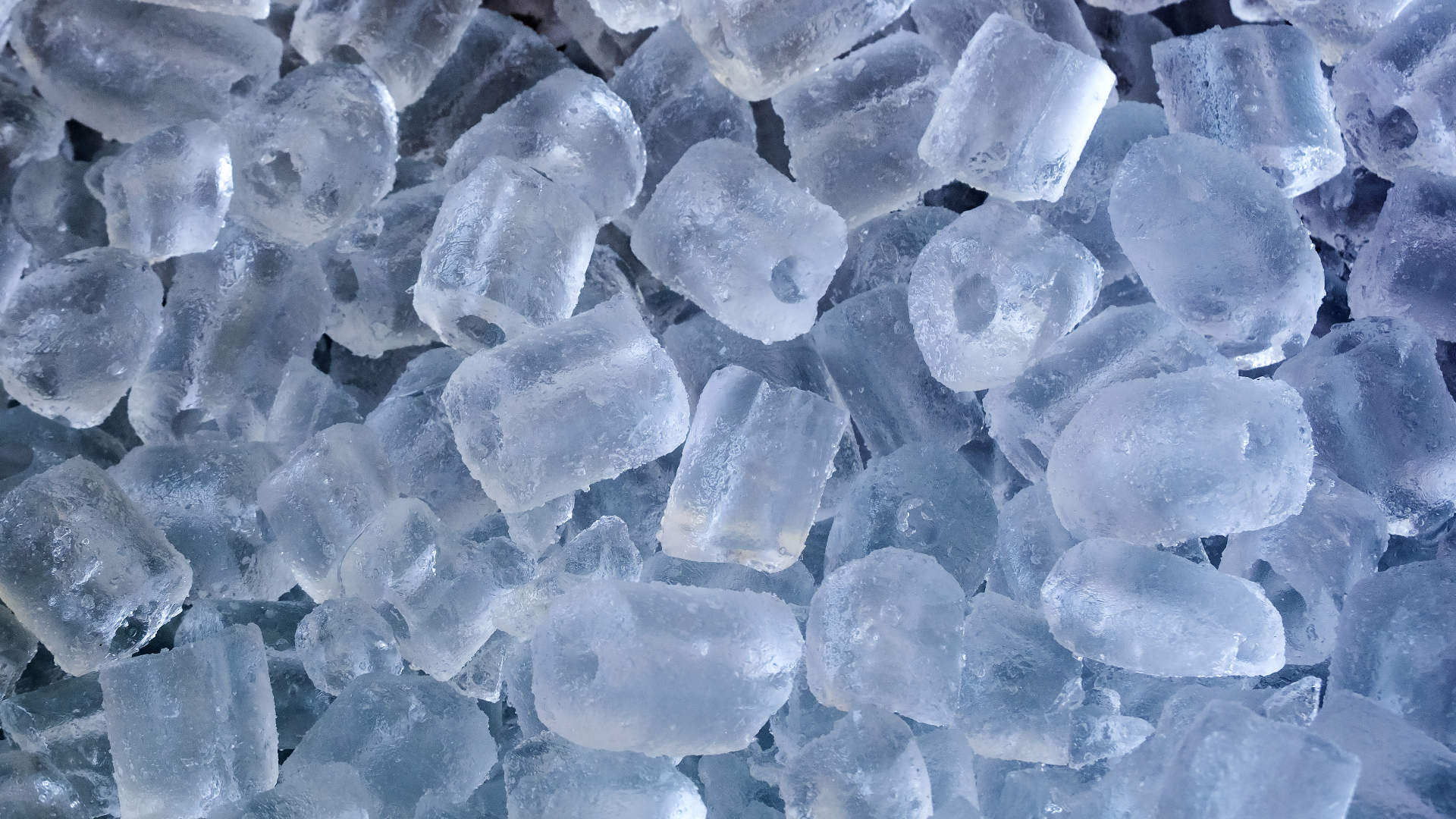
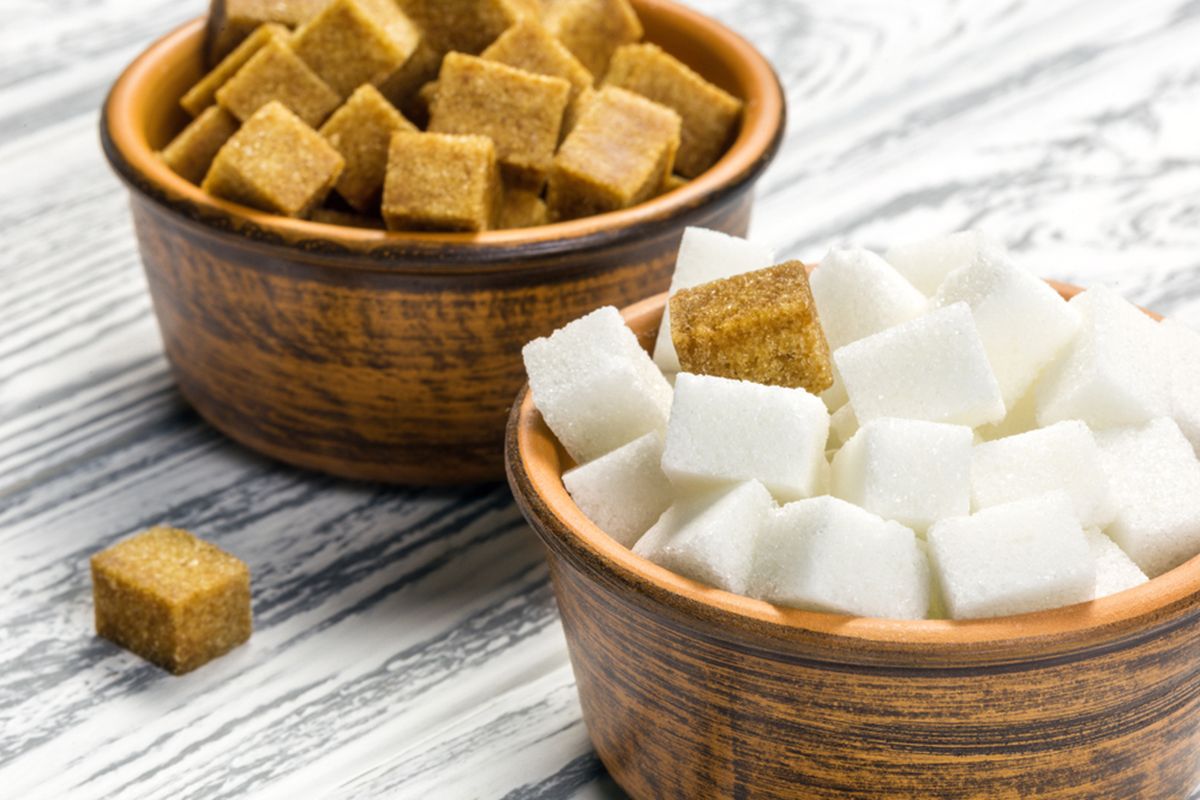

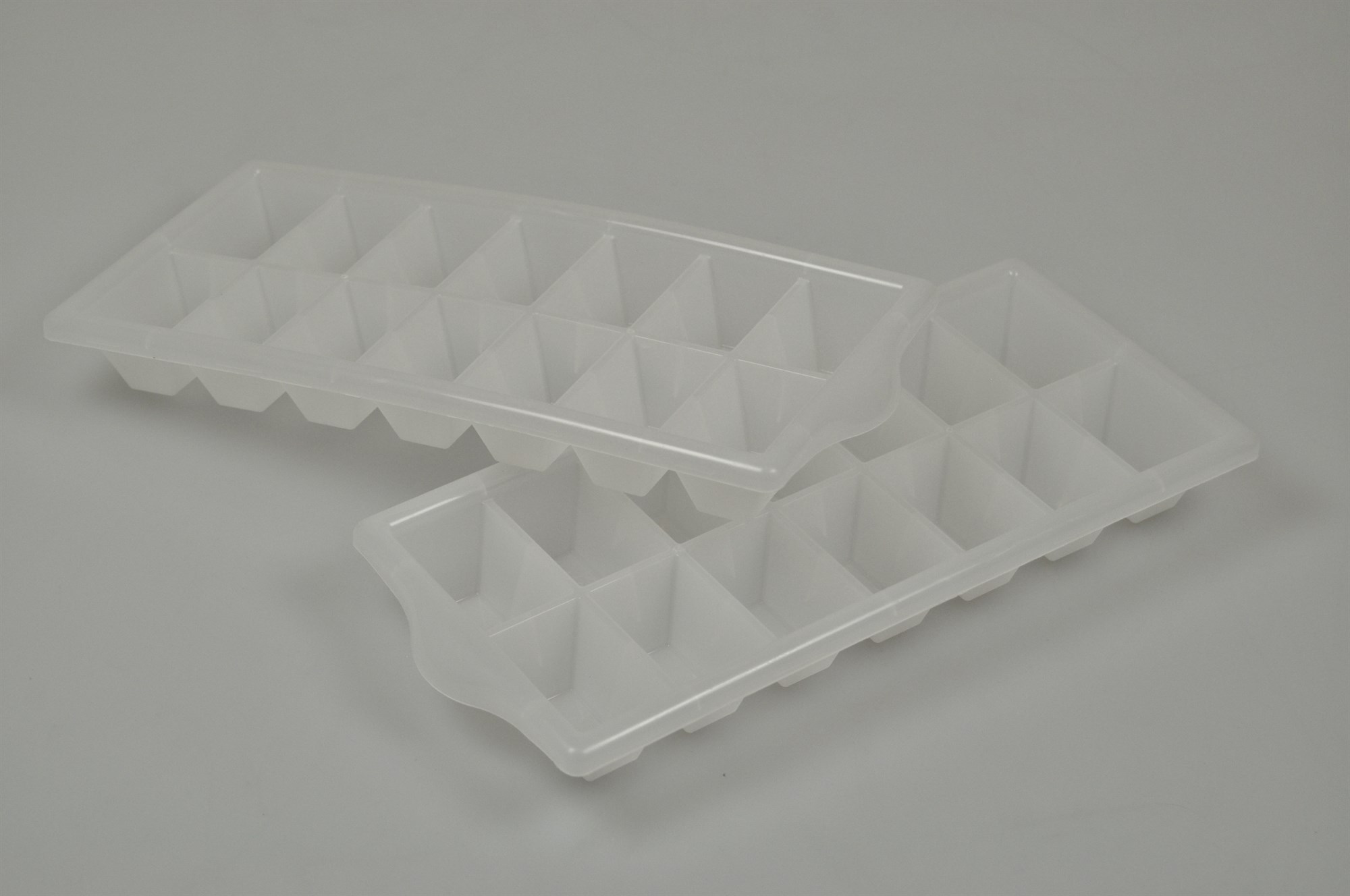
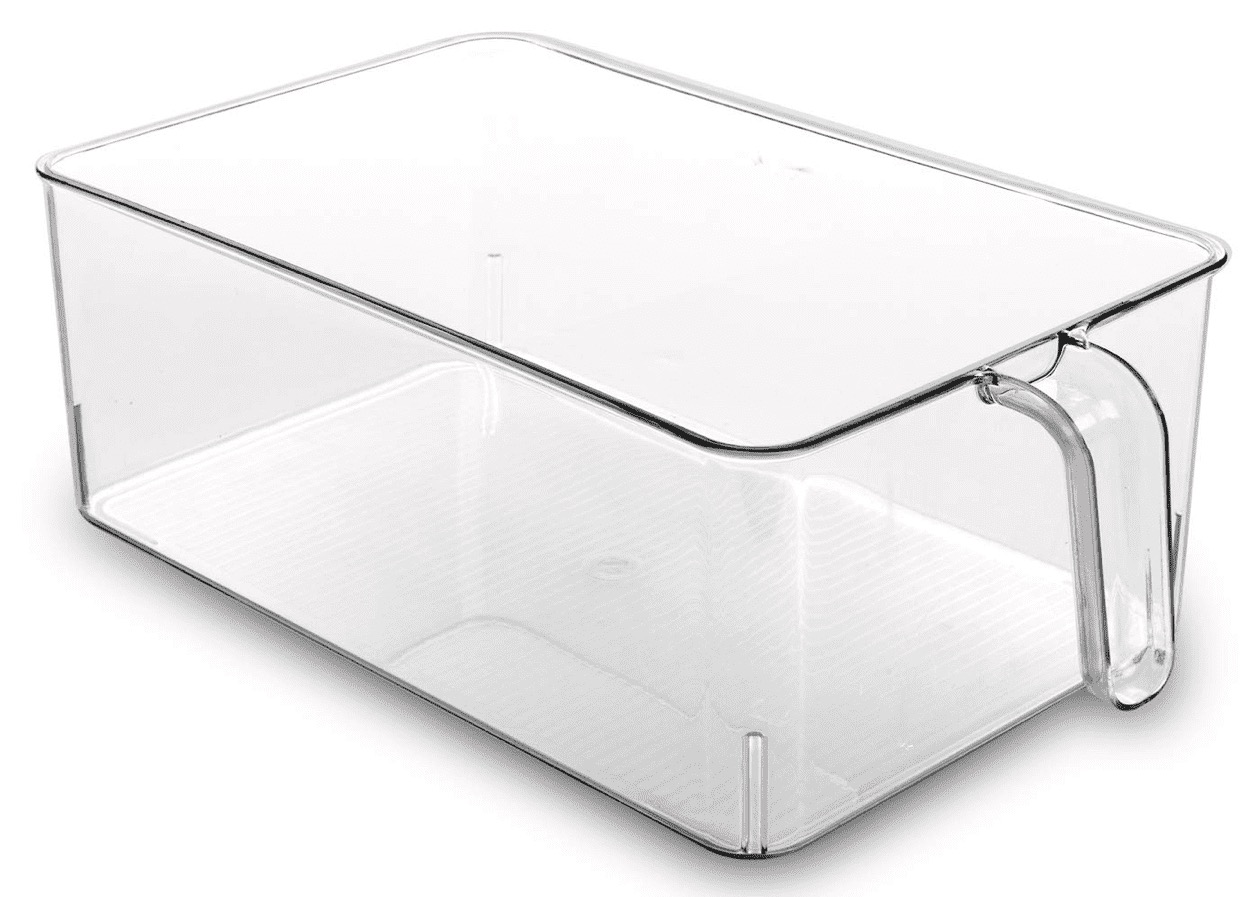
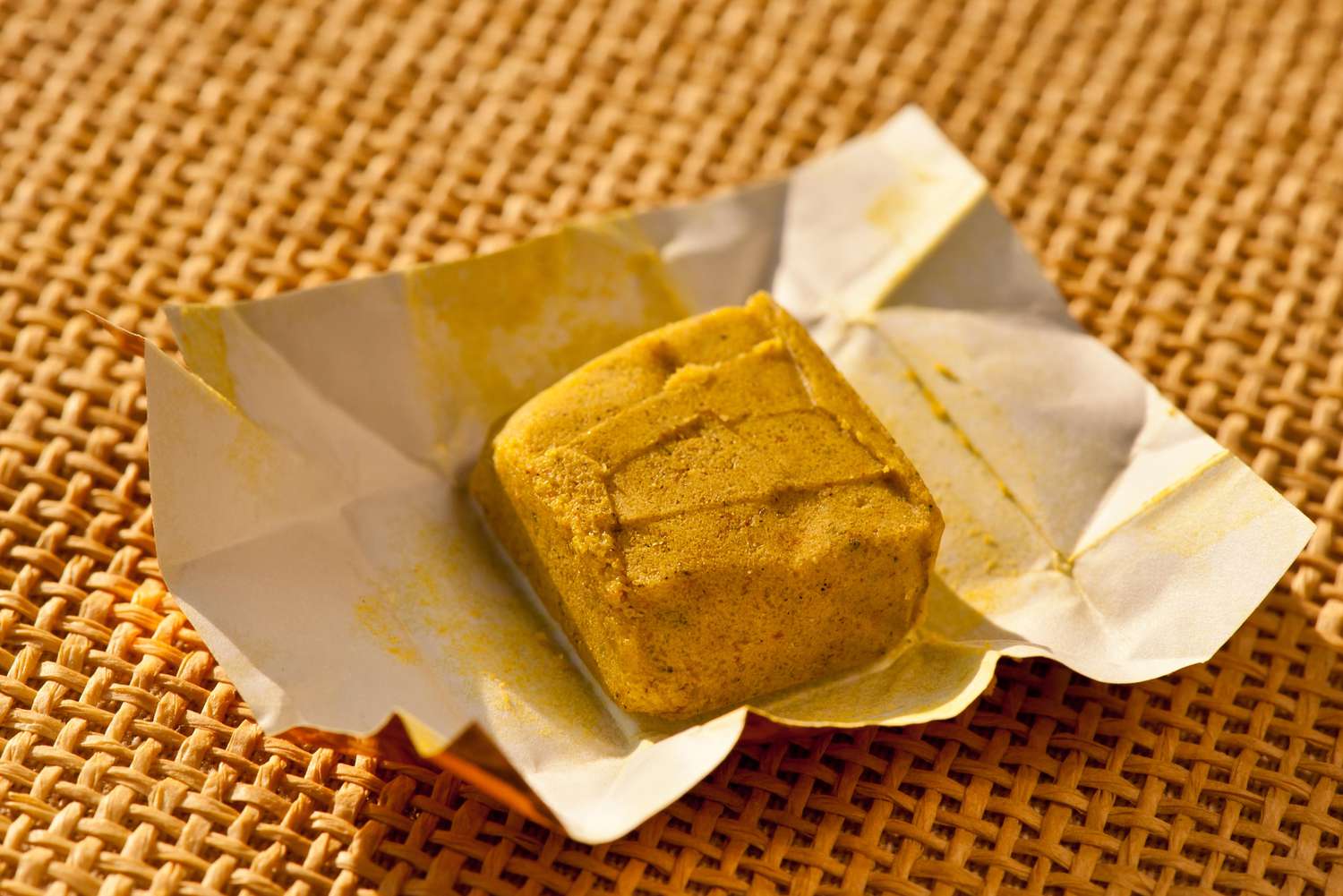
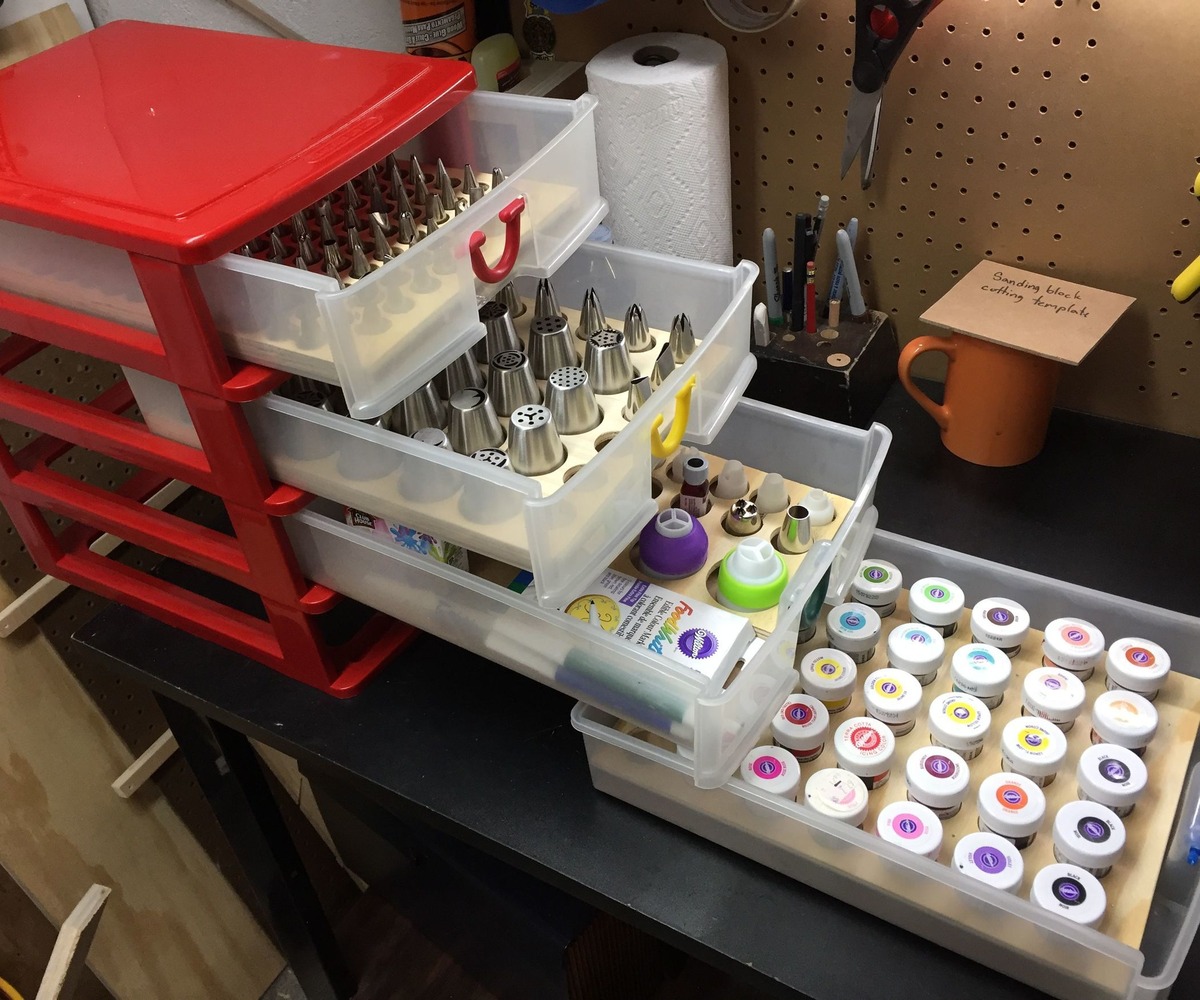
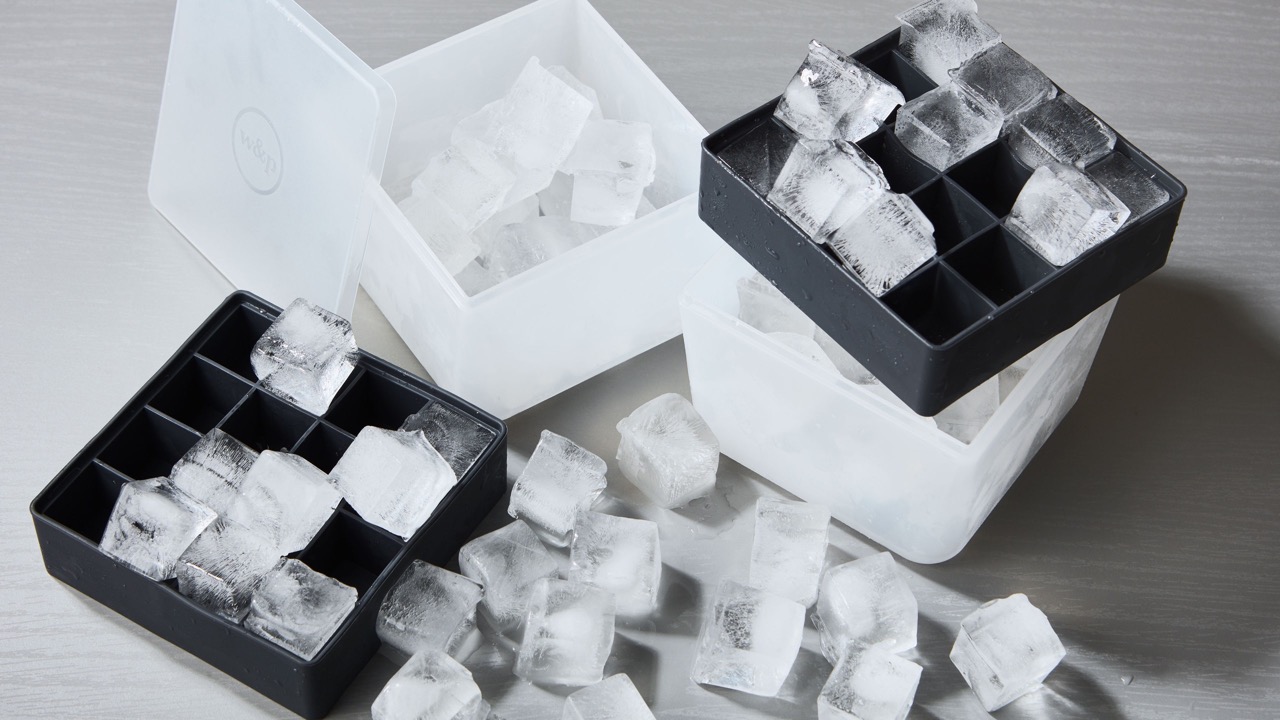


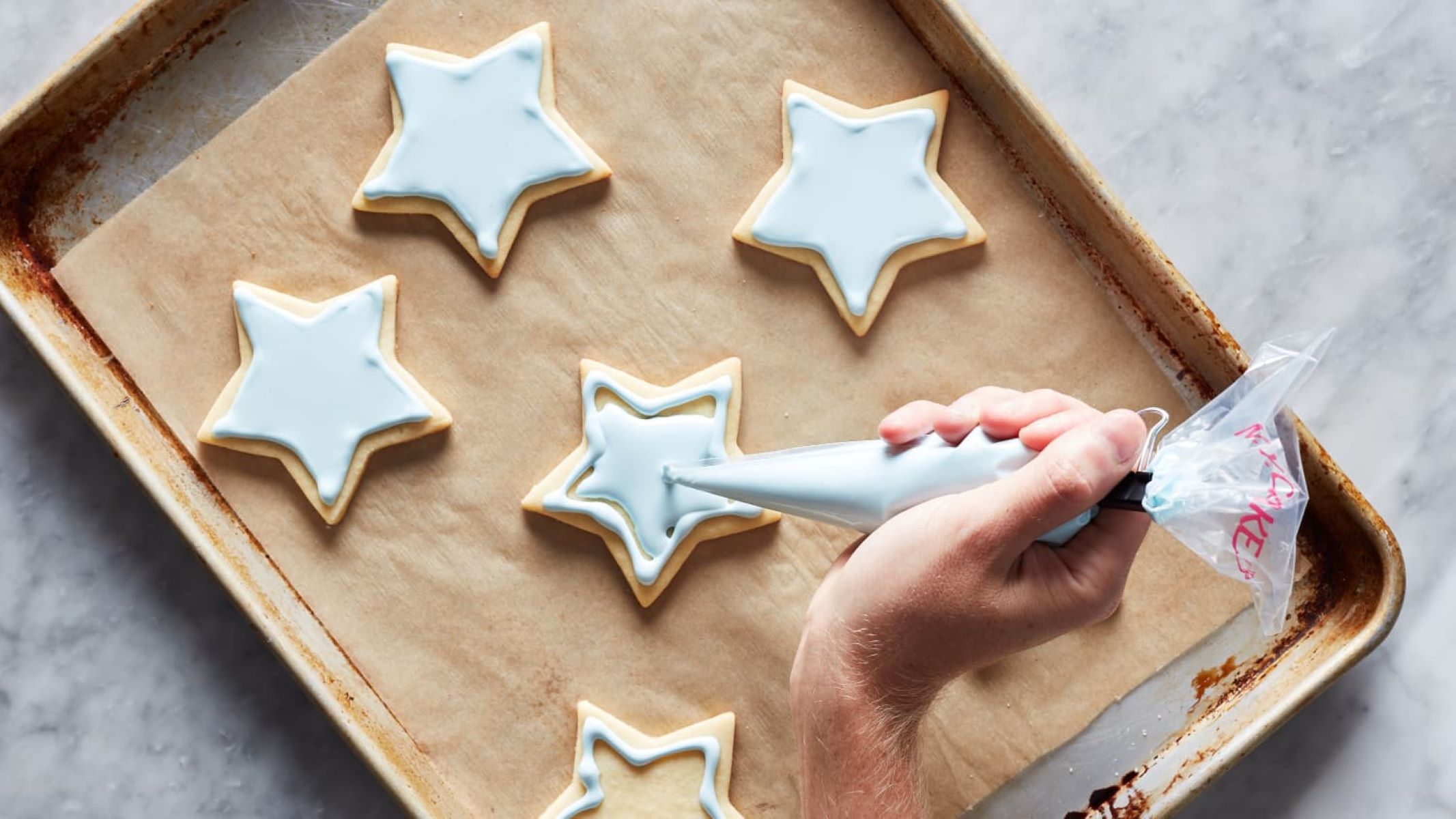
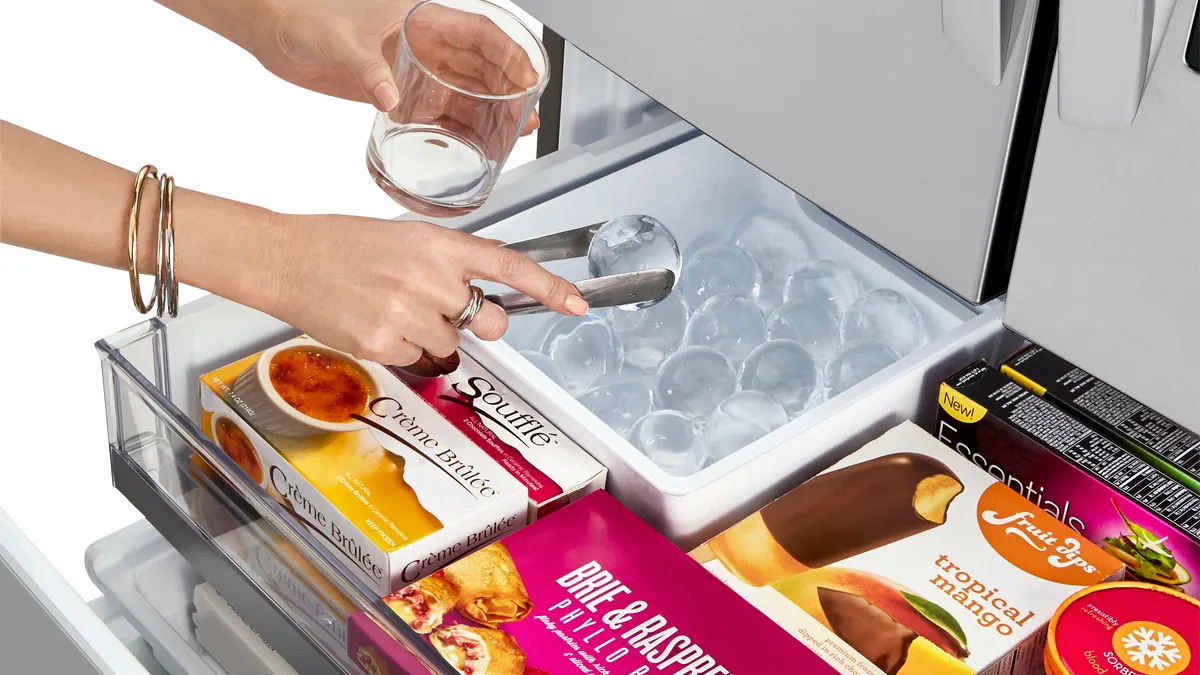
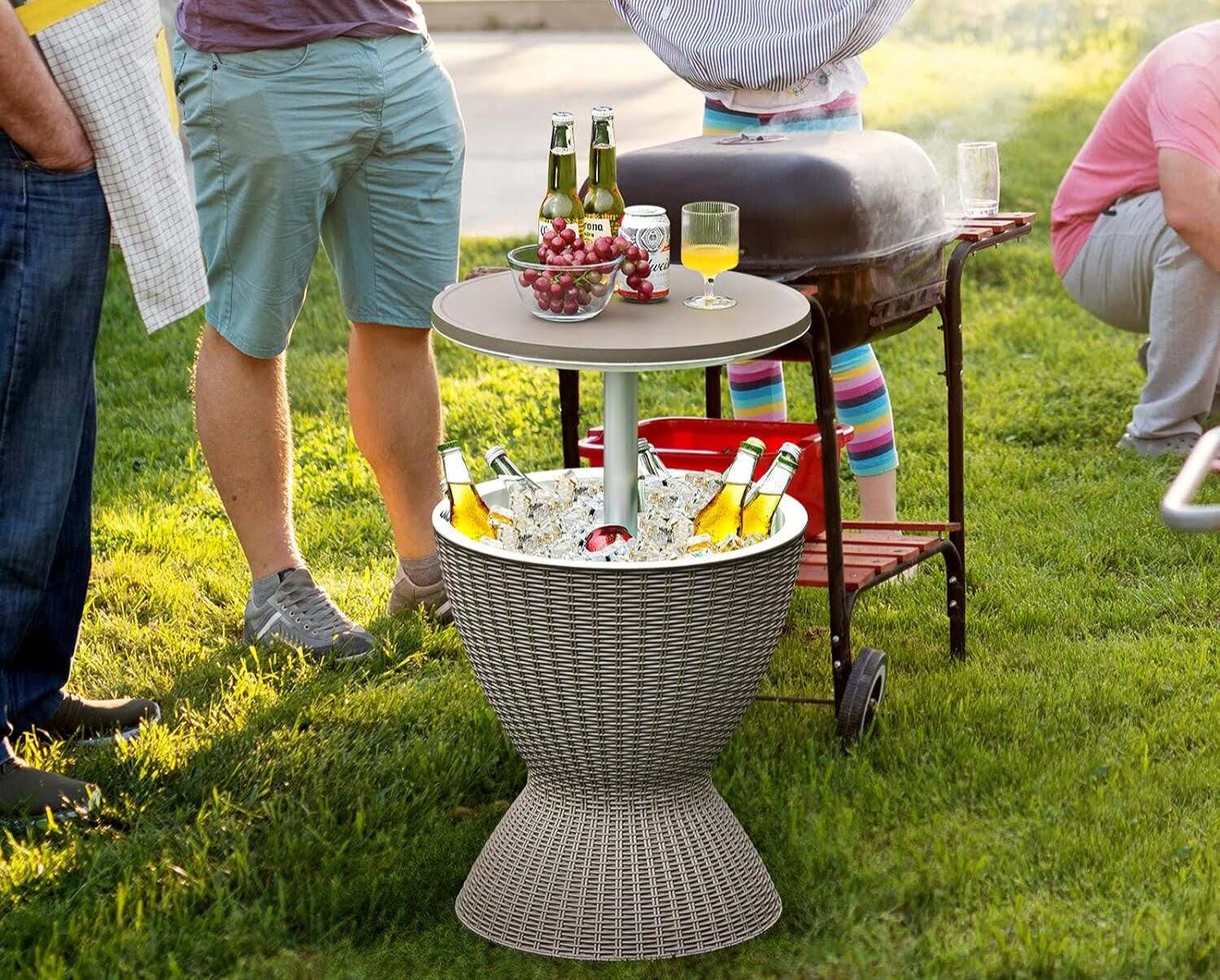

0 thoughts on “How To Store Ice Cubes”